Arcadia Greece – Nymphs Naiads and Dryads
,.jpg)
“Dance of Satyrs and Nymphs in Spring Landscape” – Max Ernst Pietschmann
The Arcadians were one of the oldest tribes of Greece, sometimes referred to by ancient Greek writers as the Pelasgians, meaning, people of The Aegean Sea.
Arcadia, located in The Peloponnese in Southern Greece, is known for the myth of Arcas, of whom Arcadia is named after; a hunter who became king of Arcadia and taught people the arts of weaving and baking bread and the myth of King Lycaon of Acardia, who was turned into a werewolf by the great god Zeus.
Since the time of the ancients, Arcadia has had been the inspiration for many poets, painters and writers.
Arcadia in art and literature
Virgil, (Roman poet) aroused by Arcadia, wrote his ‘The Eclogues‘ a series of poems, set in Arcadia, Jacopo Sannazaro, Italian poet and humanist, influenced by the other worldliness of the place, wrote his pastoral poem, ‘Arcadia‘.
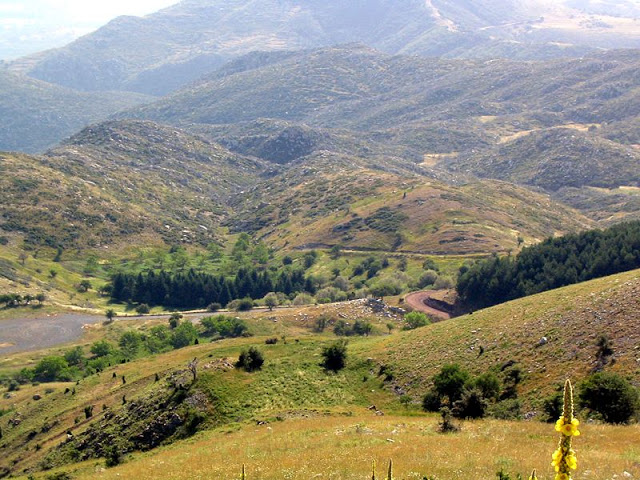
Mount Lykaion arcadia
In more recent times, Evelyn Waugh, chose the sub heading:
“Et in Arcadia ego”, for the first part of his bestselling novel, ‘Brideshead Revisited’.
“Et in Arcadia ego” is a Latin phrase, meaning, “In Arcadia, there I am”, the “I” referring to death, the “Arcadia” referring to paradise.

The waterfalls of Lepida, Parnona mountain, Arcadia, Greece
Arcadia was a fashionable subject for Renaissance art, Nicholas Poussin was so enamored of Arcadia that he painted two versions of a painting, using the title;
“Et in Arcadiaego” (Les Bergerer d’ Arcardie)
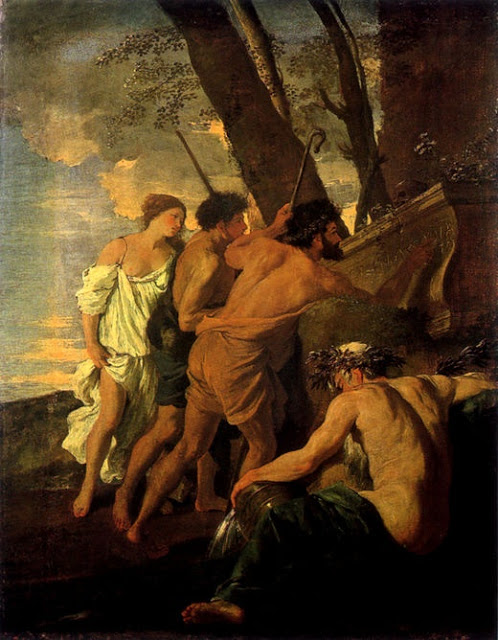
Et in Arcadia Ego by Nicolas Poussin,1627- Version one – Chatsworth House England
.jpg?resize=600%2C428&ssl=1)
Et in Arcadia Ego by Nicolas Poussin 1629 – Version two – Louvre Paris
These superb paintings, “Et in Arcadia ego” by Poussin, show mythical shepherds, set in idyllic, pastoral scenes.
Some say Pousin’s inspiration for his famous work came from an earlier painting, also named “Et in Arcadia ego“, painted by Guercino, (a nickname meaning “the squinter”, originally Giovanni Francesco Barbieri), Italian painter of the Bolognese school.
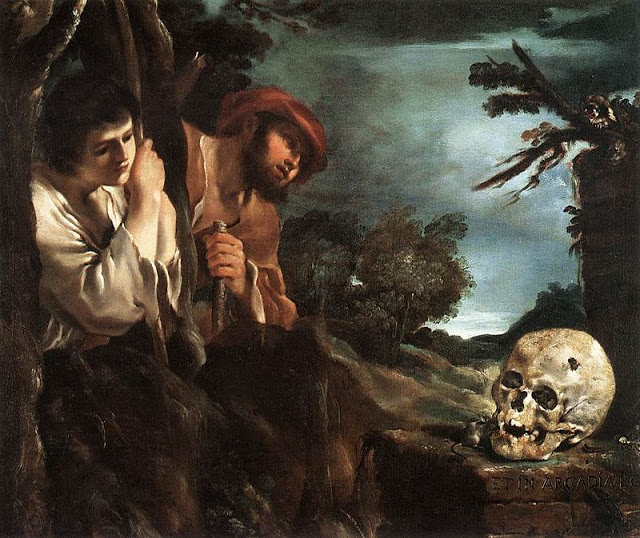
Et-in-Arcadia-ego Guercino’s version of the subject – 1622 Galleria Nazionale d’Arte Antica of Rome.
Arcadia:
An idyllic Shangri La
What and where is this Arcadia, this pastoral, ideal place which has raised so much enthusiasm in so many people?
Arcadia is situated at the heart of The Peloponnese, a region of green pastures, lush forests and fast flowing rivers, today, scattered with wonderful, typically Greek, small villages, dwarfed by the large town of Tripolis, the capital of Arcadia.
Arcadia is an amazing part of mainland Greece, mountainous and covered with with forests of chestnut and oak, dissected by the rushing rivers of the Alpheios and the Lousios, where the nymphs were said to have bathed the infant Zeus.
The two main mountains are Mount Lykaion, the highest mountain in Arcadia and Mount Mainalo.
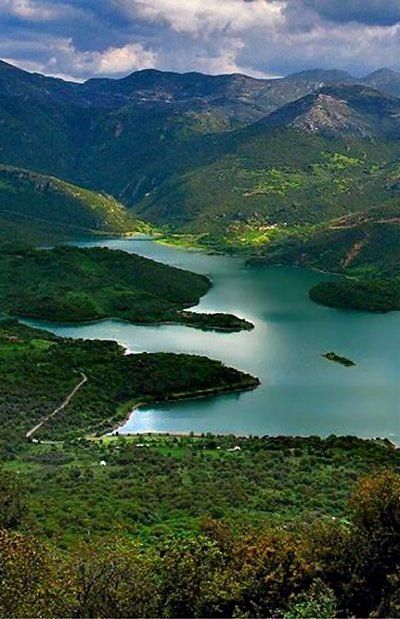
The Lake of Ladonas River – Arcadia, Greece
The caves of Kapsia, over three million years old, are said to have been home to the God Pan.

Caves of Kapsia – Arcadia
In Ancient Greece, most people lived an urban life, next to the sea, the source of their livelihood, only in the region of Arcadia, away from cities, did people live simply, in harmony with nature.
Arcadia was an idyllic place, a Shangri La but not created by man, it evolved naturally, an unspoiled wilderness, said in Greek mythology to be the original site of “The Golden Age”, an age of peace, harmony, stability and prosperity.
Arcadians were humble people, without hate or greed, living peacefully, as shepherds, uncorrupted by civilization.
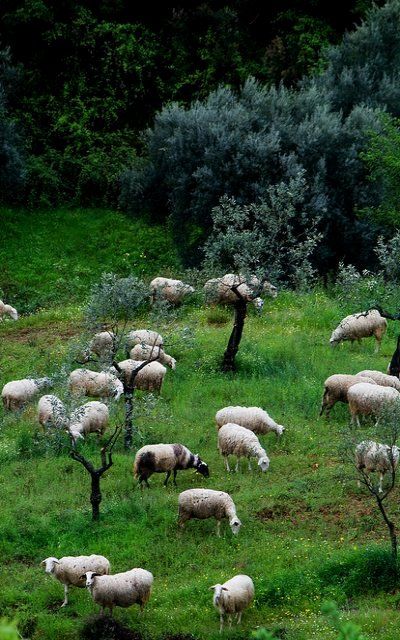
Pastoral Arcadia Greece
In these blissful green pastures, cooled by flowing streams and rivers, lived nymphs, playful, mythical creatures, cavorting among the forests, valleys and dells, of this unobtainable, now lost world.
Naiads
Naiads, freshwater nymphs, (Saltwater nymphs are called Oceanids), always female, ruled over wells, springs, brooks, rivers and lakes, and had quite a reputation for being jealous little sprites.
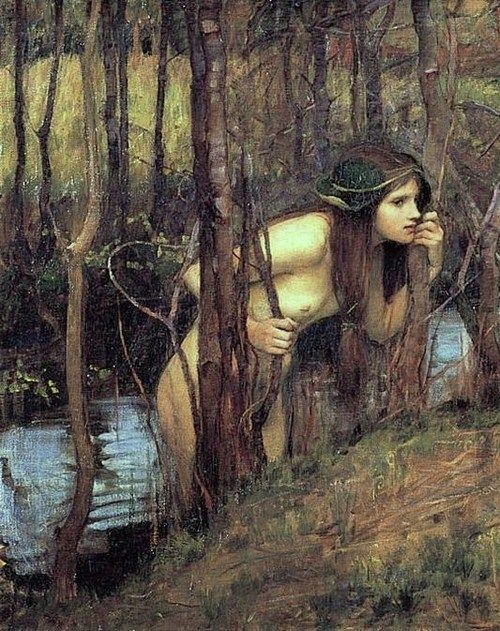
Nymph – by John William Waterhouse
These immortal naiads, kept a look out for the young girls and women, guiding them as they reached adulthood.
Dryads
Dryads were the tree nymphs, their name deriving from the Greek word for oak tree, were shy beings, who led long lives, living closely to the tree they were protecting.
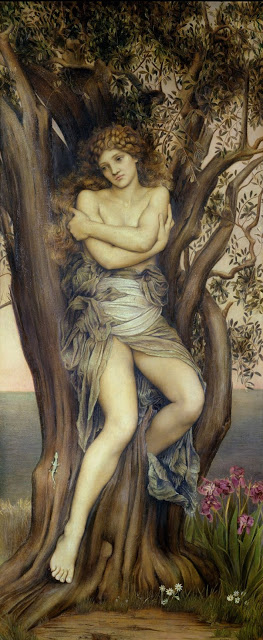
The Dryad – by Evelyn de Morgan
Hamadryads
Hamadryads, were actually tied to trees and when the tree died, they died, if the tree blossomed, they blossomed.

A Hamadryad by John William Waterhouse
Oreads

Les Oréades (1902) by William-Adolphe Bouguereau, in Musée d’Orsay
Friends with the naiads and the dryads were the oreads, the mountain nymphs.
Their name comes from the Greek word for mountain; ὄρος or Orestiad, they differ from each other depending on which mountain they reside on: the Idaeae were from Mount Ida, Peliades from Mount Pelion, etc.
The Naiads, dryads, hamadryads and oreads all frolicked together or tended to their sheep in the groves and glens of mythical Arcadia, occasionally being chased by Pan, the God of nature, wilderness, fertility and spring.
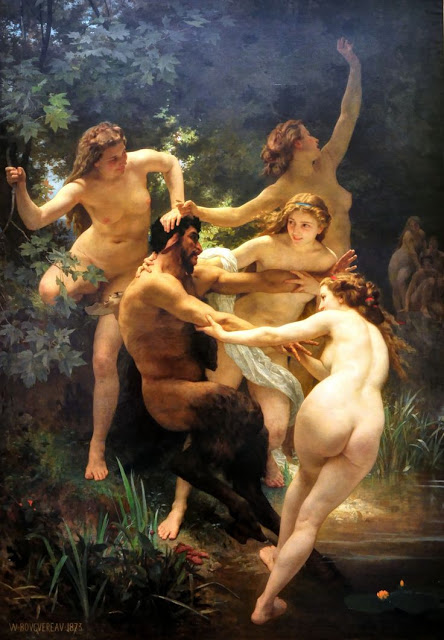
Nymphs and Satyr Pan by William-Adolphe Bouguereau, 1873
The God Pan, is depicted as a satyr, with a dark hairy body, two horns on his forehead, pointed ears, a snub nose and the legs and tail of a goat, wearing a crown of pine needles.
The name Pan, is generally thought to come from the Greek word Pan, meaning “All” but it is derived from the word “Paein”, the Greek for “To pasture”

The Great God Pan Artist Norman Mills Price.
Not surprising then, that this blissful, magical world called Arcadia, inhabited by hedonistic nymphs and salacious satyrs, a decadent pipe playing Romeo, oh, and the odd sheep, was the inspiration for some of the most beautiful, classic poems and alluring paintings.
A veritable Paradise on Earth.



